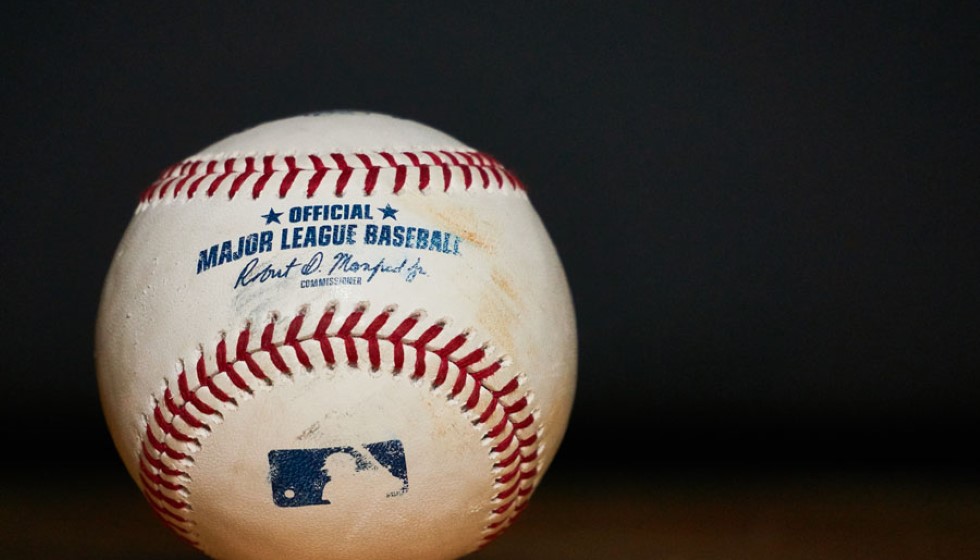
In a significant wave sweeping through Major League Baseball (MLB), injuries have notably placed a spotlight on some of the sport's top talents. Pitchers Eury Pérez, Shane Bieber, Jonathan Loáisiga, and Spencer Strider find themselves sidelined due to various injuries, creating a palpable sense of concern within the baseball community. Moreover, Framber Valdez was notably scratched from a scheduled start due to elbow soreness, further compounding concerns about the health and sustainability of pitching in the modern era.
Statistics paint a telling picture: an astonishing 34.2% of MLB pitchers have undergone Tommy John surgery—a procedure that reconstructs the ulnar collateral ligament (UCL) in the elbow, indicative of the severe toll professional pitching takes on the body. At the onset of the season, pitchers constituted 80% of the players on the injured list, illustrating the disproportionate vulnerability of pitchers to injuries within the sport.
The Impact of Game Changes
Among the various factors contributing to this injury uptick, recent changes to the game's dynamics are under scrutiny. The implementation of a pitch clock, intended to speed up the game, may inadvertently strain pitchers, forcing them to rush their routines and potentially compromising their pitching mechanics. Furthermore, the quest for elevated pitching velocity and enhanced spin rates—attributes highly prized in the modern game—are putting unprecedented stress on pitchers' arms.
The recent crackdown on the use of foreign substances has also emerged as a controversial pivot point. Aimed at ensuring a level playing field, the ban has, paradoxically, led to an increase in injuries according to player testimonies. The driving rationale is that some pitchers previously relied on these substances not solely for performance enhancement but to maintain a better grip on the ball, thereby reducing the likelihood of overexertion and injury.
The Roots of The Problem: Early Specialization and Insufficient Recovery
Issues contributing to the surge in pitching injuries extend beyond the professional realm, reaching into the very foundation of baseball culture. Early specialization in youth baseball, where young athletes focus exclusively on baseball—and often, specifically on pitching—from an early age, is believed to contribute significantly to early wear and tear, setting the stage for injuries later on in their careers.
Compounding this issue is the concern over the health impacts of reduced recovery time. The demanding schedule of professional baseball, with its frequent games and extensive travel, allows little time for pitchers to fully recuperate between outings. This relentless pace, devoid of adequate rest, inevitably increases the risk of injury.
A Call for Attention and Action
The prevailing sentiment among players and stakeholders is a combination of frustration and concern. The league has been criticized for not acknowledging or extensively studying the effects of these profound changes on player health. Quotes from affected players vividly illustrate the depth of concern: "Our concerns about the health impacts of reduced recovery time have only intensified," and "The league's unwillingness thus far to acknowledge or study the effects of these profound change is an unprecedented threat to our game and its most valuable asset—the players."
The ban on foreign substances has been particularly contentious, with one player expressing, "I truly believe 100% that's why I got hurt. I'm frustrated MLB doesn't understand. You can't just tell us to use nothing. It's crazy." This sentiment underscores a broader frustration with policy changes perceived as disconnected from the realities of the game.
Conclusion
The wave of injuries among MLB pitchers is a multifaceted issue that underscores the need for a delicate balance between maintaining the integrity and appeal of the game and ensuring the health and longevity of its players. With rising concerns over injury rates, early specialization, the impact of new rules, and recovery times, it becomes evident that a more holistic approach to player welfare is necessary. The league, teams, and players must collaborate to address these pressing issues, ensuring that baseball continues to thrive as America's beloved pastime while safeguarding the health and careers of its most valuable assets: the players themselves.